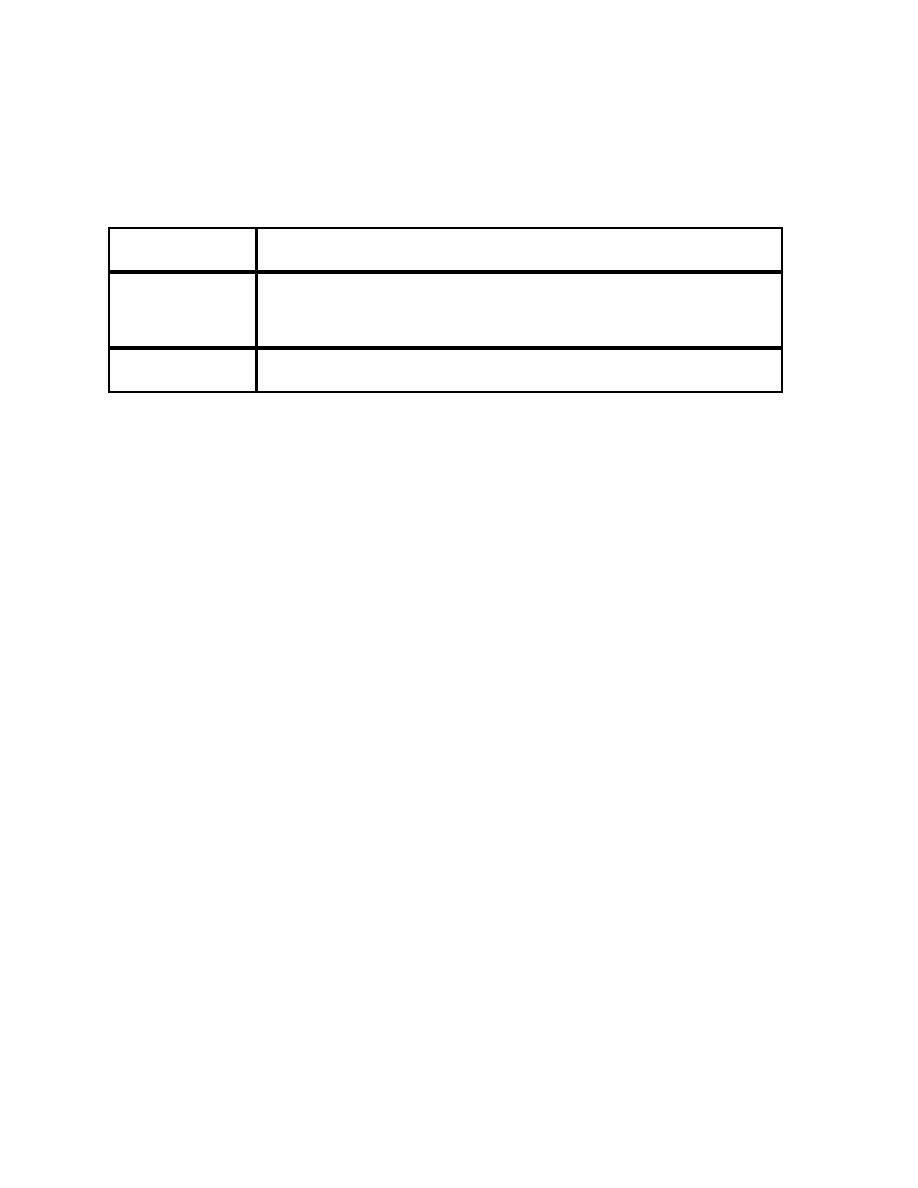 |
|||
|
|
|||
|
Page Title:
Influence of Seismic Scale Factor |
|
||
| ||||||||||
|
|  DOE-STD-1020-2002
The differences in seismic evaluation criteria among categories in terms of load and
importance factors, limits on inelastic behavior, and other factors by this standard are
summarized below:
From PC 1 to PC 2, seismic design forces are increased. All other factors are held
1.PC 1 and PC 2
the same.
From PC 2 to PC 3, load and importance factors are eliminated, damping is
generally increased, and limits on inelastic behavior are significantly reduced. All
2.PC 2 and PC 3
other factors are essentially the same, although static force evaluation methods are
allowed for PC 2 SSCs and dynamic analysis is required for PC 3 SSCs.
From PC 3 to PC 4, seismic hazard exceedance probability is lowered and a seismic
3.PC 3 and PC 4
scale factor is used. All other factors are held the same.
The basic intention of the deterministic seismic evaluation and acceptance criteria presented in
Chapter 2 is to achieve less than a 10% probability of unacceptable performance for a structure,
system, or component (SSC) subjected to a Scaled Design/Evaluation Basis Earthquake (SDBE)
defined by:
SDBE = (1.5SF) (DBE)
(C-2)
where SF is the appropriate seismic scale factor (SF is 0.9 for PC 3 and 1.25 for PC 4). The
seismic evaluation and acceptance criteria presented in this standard has intentional and
controlled conservatism such that the required risk reduction ratios, RR, and target performance
goals are achieved. The amount of intentional conservatism has been evaluated in Reference
C-20 as that there should be less than 10% probability of unacceptable performance at input
ground motion defined by a scale factor of 1.5SF times the DBE. Equation C-2 is useful for
developing alternative evaluation and acceptance criteria which are also based on the target
performance goals.
It is permissible to substitute alternate acceptance criteria for those criteria defined in Chapter 2
so long as these alternate criteria will also reasonably achieve less than about a 10% probability
of unacceptable performance for the combination of the SDBE defined by Equation C-2 with the
best-estimate of the concurrent non-seismic loads. This relief is permitted to enable one to
define more sophisticated alternate acceptance criteria than those presented in Chapter 2 when
one has a sufficient basis to develop and defend this alternate criteria.
C.2.2
Influence of Seismic Scale Factor
The target performance goals are the basis of the seismic design and evaluation criteria
presented in this standard. For PC 3 and PC 4, target performance goals, PF, of 1x10-4 and
1x10-5, respectively, are met in a more approximate manner as illustrated in this section. The
variability in performance goal achievement can be most significantly attributed to the
uncertainty in the slopes of seismic hazard curves from which DBE ground motion is
determined.
C-8
|
|
Privacy Statement - Press Release - Copyright Information. - Contact Us |